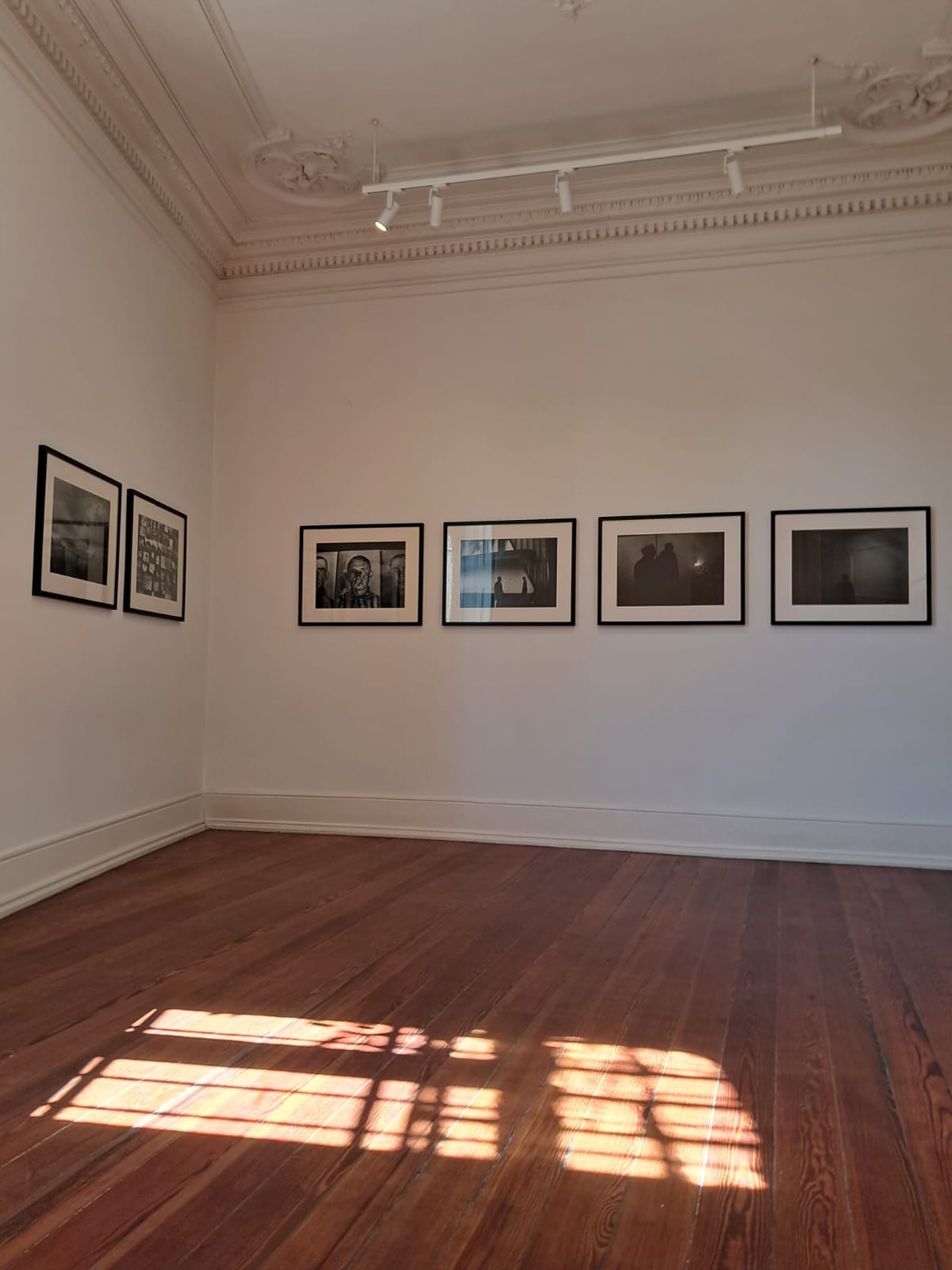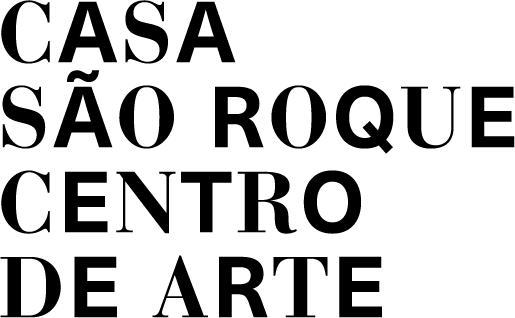This exhibition presents a selection of works from the Peter Meeker Collection, an important private contemporary art collection in Porto. It is significant for three reasons: firstly, it is a real collection, not an accumulation. Many people may have the good fortune to collect art, but very few have a collection that is anything more than a wonderful accumulation. Among the few who have a collection, there are even fewer who have one that is significant. But that is the case here, because this collector (Peter Meeker is a pseudonym for Pedro Álvares Ribeiro) collects in depth: he owns numerous works by a few selected artists, so that the career, artistic language and vision of each can be followed in detail. This requires a collector with a vision, tenacity (or obsession) and the necessary financial means. Thus, a private collection is always a self portrait as well – in this case of a collector who for a long time hid behind a pseudonym.
Secondly, the Peter Meeker Collection is important for reflecting a certain moment in Portuguese art. Its main focus is on artists who became active in the 1970s, i.e. at a time when Portugal emerged from the dictatorship of the Salazar regime and, from 1974 onwards, moved towards democracy. Among the important artists in the collection are the photographers Augusto Alves da Silva (1963), Jorge Molder (1947) and Paulo Nozolino (1955), the sculptor Rui Chafes (1966) and the painters, sculptors and graphic artists José Pedro Croft (1957), Pepe Espaliú (1955-1993), Ana Jotta (1946), Pedro Cabrita Reis (1956) and Rui Sanches (1954). This collection is complemented by works from international artists such as Mirosław Bałka, Wilhelm Sasnal, Monika Sosnowska, Francisco Tropa, Franz West and others.
Thirdly, this collection is significant because it contains entire groups of works and series. For example, the 40-part series Solo (1988-1997) by Paulo Nozolino, exhibited in Portugal for the first time ever in its entirety, which assembles photographs taken in twelve European countries. It is a profound reflection on Europe that could hardly be more contemporary, not to mention relevant for the future. Or Jorge Molder’s two series Condição Humana (2005) and the Waiters series (1986), a photographic study of gesture, appearance and subordination. Or the series Xerox (2002) by Augusto Alves da Silva, a laconic portrait of the building of a company that, like photography, is dedicated to reproduction. Or Pinóquio by Pepe Espaliú, an enigmatic group of 16 drawings on the theme of masks, identity and lies. Or José Pedro Croft’s recently created print series, which can be seen for the first time ever in the Garage, and which brings to light a compelling working process.
These different series described above are in dialogue with a selection of sculptures by Rui Chafes, Pedro Croft, Katarzyna Józefowicz, Ana Jotta, Rui Sanches and Monika Sosnowska. Each of these sculptures contains the body, the body as a memory or an absence: a doorknob (Sosnowska), a walking stick (Jotta), an empty children’s circus (Jotta), three empty bins (Croft), an accumulation of abandoned cities (Józefowicz), the abstract portrait of the narcissist and the illusion of the self (Rui Sanches) and, in an almost exemplary manner, the three sculptures Ontem (Yesterday) by Rui Chafes.
My sincere thanks go to all the artists, to Pedro Álvares Ribeiro and our marvellous team. It is this team that wrote the short texts about the works in the exhibition. They were asked to produce, in a first step, a general text by using ChatGPT and, in a second text, to find words for their own perspectives. Most followed the instructions, others combined both forms.
Daniel Baumann, Curator at Casa São Roque








